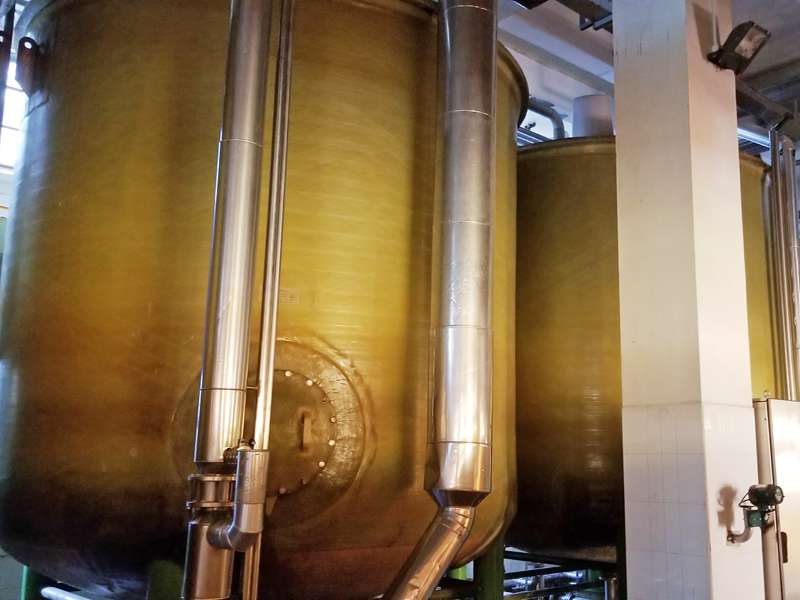
-
 Afrikaans
Afrikaans -
 Albanian
Albanian -
 Amharic
Amharic -
 Arabic
Arabic -
 Armenian
Armenian -
 Azerbaijani
Azerbaijani -
 Basque
Basque -
 Belarusian
Belarusian -
 Bengali
Bengali -
 Bosnian
Bosnian -
 Bulgarian
Bulgarian -
 Catalan
Catalan -
 Cebuano
Cebuano -
 China
China -
 China (Taiwan)
China (Taiwan) -
 Corsican
Corsican -
 Croatian
Croatian -
 Czech
Czech -
 Danish
Danish -
 Dutch
Dutch -
 English
English -
 Esperanto
Esperanto -
 Estonian
Estonian -
 Finnish
Finnish -
 French
French -
 Frisian
Frisian -
 Galician
Galician -
 Georgian
Georgian -
 German
German -
 Greek
Greek -
 Gujarati
Gujarati -
 Haitian Creole
Haitian Creole -
 hausa
hausa -
 hawaiian
hawaiian -
 Hebrew
Hebrew -
 Hindi
Hindi -
 Miao
Miao -
 Hungarian
Hungarian -
 Icelandic
Icelandic -
 igbo
igbo -
 Indonesian
Indonesian -
 irish
irish -
 Italian
Italian -
 Japanese
Japanese -
 Javanese
Javanese -
 Kannada
Kannada -
 kazakh
kazakh -
 Khmer
Khmer -
 Rwandese
Rwandese -
 Korean
Korean -
 Kurdish
Kurdish -
 Kyrgyz
Kyrgyz -
 Lao
Lao -
 Latin
Latin -
 Latvian
Latvian -
 Lithuanian
Lithuanian -
 Luxembourgish
Luxembourgish -
 Macedonian
Macedonian -
 Malgashi
Malgashi -
 Malay
Malay -
 Malayalam
Malayalam -
 Maltese
Maltese -
 Maori
Maori -
 Marathi
Marathi -
 Mongolian
Mongolian -
 Myanmar
Myanmar -
 Nepali
Nepali -
 Norwegian
Norwegian -
 Norwegian
Norwegian -
 Occitan
Occitan -
 Pashto
Pashto -
 Persian
Persian -
 Polish
Polish -
 Portuguese
Portuguese -
 Punjabi
Punjabi -
 Romanian
Romanian -
 Russian
Russian -
 Samoan
Samoan -
 Scottish Gaelic
Scottish Gaelic -
 Serbian
Serbian -
 Sesotho
Sesotho -
 Shona
Shona -
 Sindhi
Sindhi -
 Sinhala
Sinhala -
 Slovak
Slovak -
 Slovenian
Slovenian -
 Somali
Somali -
 Spanish
Spanish -
 Sundanese
Sundanese -
 Swahili
Swahili -
 Swedish
Swedish -
 Tagalog
Tagalog -
 Tajik
Tajik -
 Tamil
Tamil -
 Tatar
Tatar -
 Telugu
Telugu -
 Thai
Thai -
 Turkish
Turkish -
 Turkmen
Turkmen -
 Ukrainian
Ukrainian -
 Urdu
Urdu -
 Uighur
Uighur -
 Uzbek
Uzbek -
 Vietnamese
Vietnamese -
 Welsh
Welsh -
 Bantu
Bantu -
 Yiddish
Yiddish -
 Yoruba
Yoruba -
 Zulu
Zulu
frp damper
Understanding FRP Dampers An Innovative Solution for Structural Mitigation
In the field of civil engineering and structural design, ensuring the durability and resilience of structures against dynamic loads such as earthquakes and wind forces is of paramount importance. Among various strategies employed for structural mitigation, the use of Fiber-Reinforced Polymer (FRP) dampers has emerged as a promising solution. This article delves into the characteristics, advantages, and applications of FRP dampers, highlighting their significance in modern design practices.
What are FRP Dampers?
FRP dampers are devices made of composite materials that exhibit excellent flexural properties and high tensile strength. The primary composition involves a polymer matrix combined with fibers—typically glass, carbon, or aramid—that enhance the mechanical properties of the material. These dampers are designed to absorb and dissipate energy during dynamic events, reducing the impact of forces transmitted to the structural elements of buildings and other infrastructures.
Mechanism of Action
The functioning of FRP dampers is based on their ability to deform elastically and dissipate energy when subjected to dynamic loads. During an earthquake, for instance, the energy generated causes the structure to sway and oscillate. FRP dampers engage in this process by converting kinetic energy into thermal energy through internal friction and viscoelastic behavior, effectively reducing the amplitude of vibrations. This results in a lower risk of structural damage and increases the overall safety of the building.
Advantages of FRP Dampers
1. Lightweight and High Strength One of the most significant advantages of FRP dampers is their lightweight nature combined with high strength. Unlike traditional materials such as steel, which can add substantial weight to structures, FRP materials are significantly lighter, which aids in reducing the overall load on the structural framework.
2. Corrosion Resistance FRP materials are inherently resistant to environmental factors that lead to corrosion, such as moisture, chemicals, and pollutants. This property ensures a longer service life and reduces maintenance costs, making them an economically favorable option in the long run.
frp damper

3. Design Flexibility The versatility of FRP dampers allows engineers to design custom shapes and sizes to suit specific structural requirements. This adaptability makes them applicable in various scenarios, from high-rise buildings to bridges and other critical infrastructures.
4. Energy Dissipation Efficiency FRP dampers are known for their high energy dissipation capabilities, which are crucial during seismic events. By effectively dissipating energy, they enhance the overall performance of structures and contribute to the safety of occupants.
Applications
FRP dampers have found applications across a wide spectrum of structures. They are particularly beneficial in seismic-prone regions, where traditional damping solutions may fall short. Notable applications include
- High-Rise Buildings In tall structures, where wind forces can induce significant sway, FRP dampers are employed to improve stability and occupant comfort.
- Bridges FRP dampers can mitigate vibrations caused by traffic and environmental factors, prolonging the lifespan of the bridge and ensuring safe passage for vehicles.
- Retrofitting Existing Structures FRP dampers can be used to retrofit older buildings to enhance their earthquake resistance, ensuring that they meet modern safety standards without extensive reconstruction.
Conclusion
As the challenges of urbanization and climate change become increasingly pronounced, the importance of innovative solutions like FRP dampers will only grow. By integrating these advanced materials into structural design, engineers can enhance the resilience of buildings and infrastructures, ultimately safeguarding lives and investments. As research and development in this field continue to evolve, FRP dampers stand at the forefront of modern engineering solutions for dynamic load mitigation.
Latest news
-
Exploring the Benefits of Top Hammer Drifter Rods for Enhanced Drilling PerformanceNewsJun.10,2025
-
High-Precision Fiberglass Winding Machine for GRP/FRP Pipe Production – Reliable & Efficient SolutionsNewsJun.10,2025
-
FRP Pipes & Fittings for Shipbuilding - Corrosion-Resistant & LightweightNewsJun.09,2025
-
Premium FRP Flooring Solutions Durable & Slip-ResistantNewsJun.09,2025
-
Premium Fiberglass Rectangular Tanks Durable & Lightweight SolutionNewsJun.09,2025
-
Tapered Drill String Design Guide Durable Performance & UsesNewsJun.09,2025









